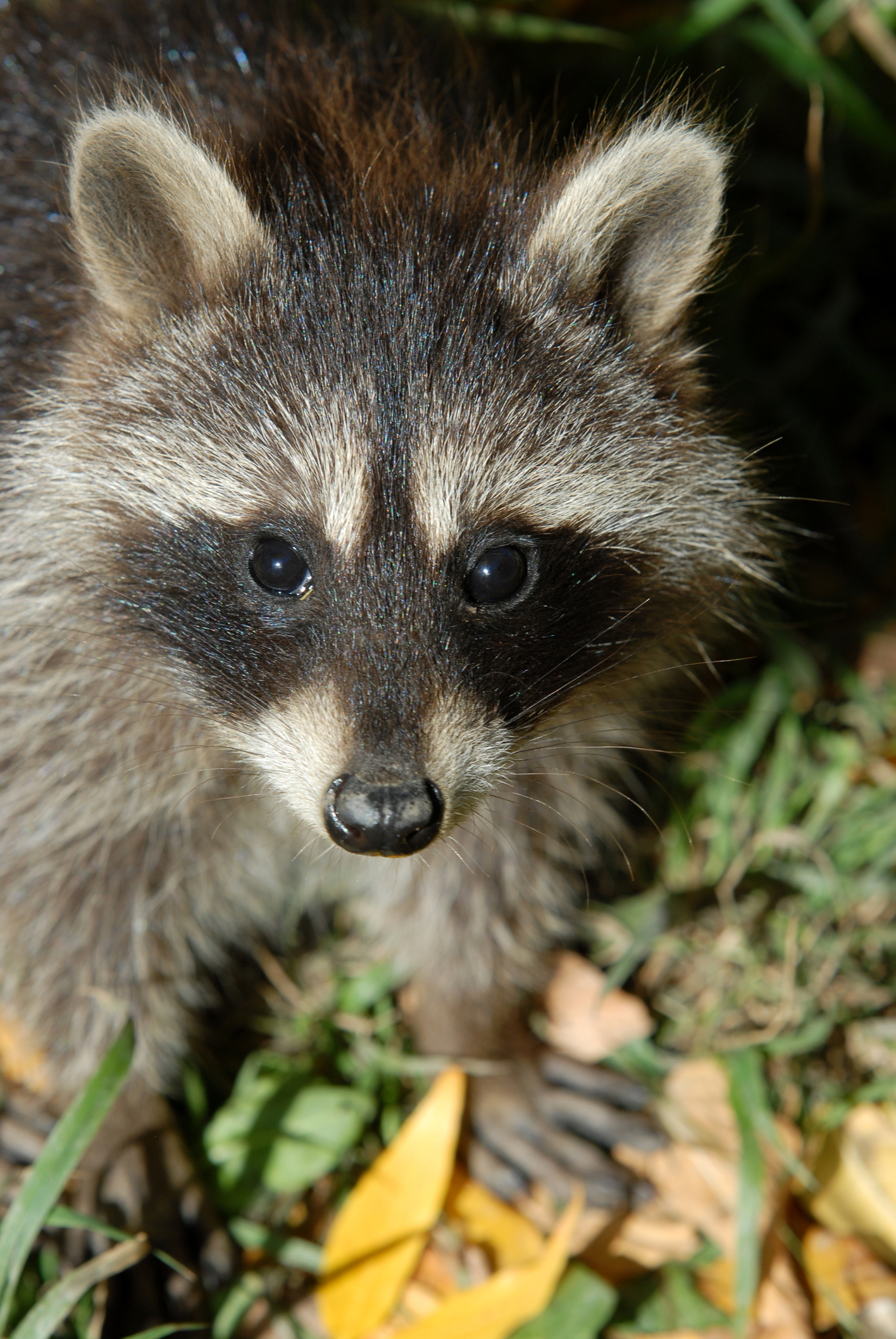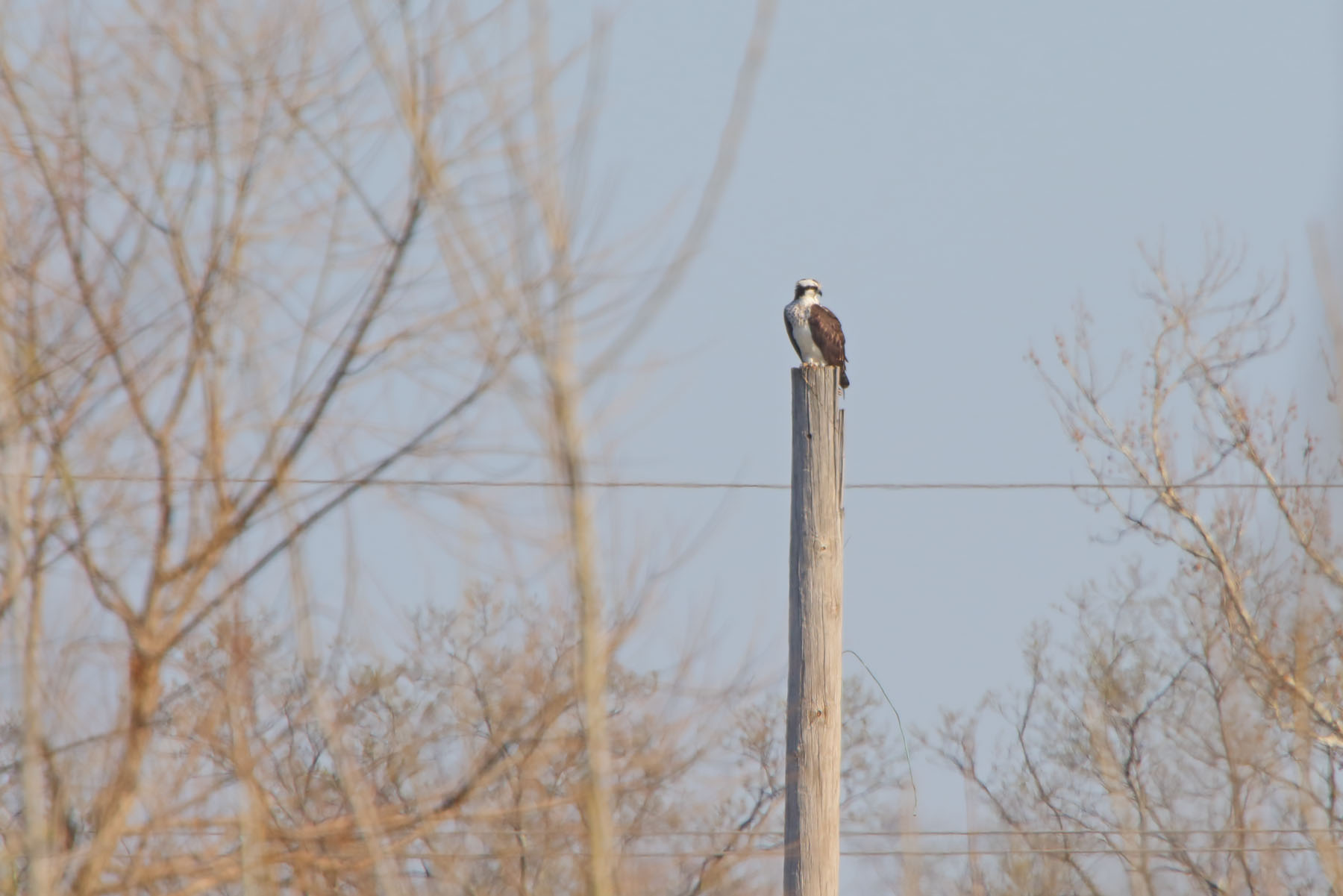Green Heron MetroPark Closed 11/17-11/24/25
Green Heron MetroPark will be closed from November 17th to November 24th to facilitate concrete work.

Gilmore Ponds MetroPark
Located within the City of Hamilton, 268-acre Gilmore Ponds MetroPark was designated as an Important Birding Area by the National Audubon Society. The park's wetland areas are an important habitat for shorebirds, waders and waterfowl. The park's wetland areas in depth seasonally, with the best birding opportunities happening in spring and fall during migration season.
Learn More About Gilmore Ponds

Voice of America MetroPark
Voice of America MetroParks' National Audubon Society Designated Important Birding Area is home to field-loving birds like Bobolinks, Henslow's Sparrow and more. Raptors and waterfowl can also be found in the park's prairies and the 35-acre VOA Lake.
Learn More About Voice of America










